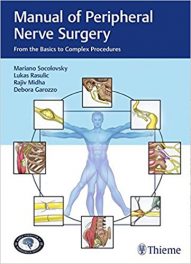Author: Joe Terranova
Publisher: Business Plus, A Member of the Hachette Book Group – 261 pages
Book Review by: Sonu Chandiram
No one I have read about has definitively written a clear distinction between investing and trading, when it comes to shares of public companies.
What is investing and how is it different from trading? The usually-accepted basic difference between investing and trading is defined by the typical behavior of their practitioners.
It is a commonly-held view that the typical investor buys a stock usually at a low price relative to the company’s earnings, holds on to the shares, and then sells them when he or she feels this valuation (price-to-earnings or PE ratio) is too high to be “sustainable,” or has gone much higher than the Standard & Poor average PE.
Whereas the average stock trader normally looks at the movement of a particular stock price and if it is trending higher, buys some shares, watches it as the price goes higher, then sells the shares at a price that is acceptable to him, telling himself perhaps that he should not be “too greedy” and wait longer till the price goes even higher.
There are those who do a little of each: buy and hold at times, but buy and resell fairly quickly at other times, especially as they notice that the price of the stock is trending higher. Or they may use the ‘investor’ approach as described above for a portion of their portfolio, and the ‘trader’ strategy for a segment of their total capital.
Joe Terranova, who has been a stock trader for about two decades, asserts that “buy-and-hold is dead.” The book flap explains his attitude about investing and trading this way: “Today’s markets move faster and have greater volatility than when buying low and selling high became the established path to wealth. In the past decade, tried-and-true strategies – relying on index funds or buying-and-holding stocks – have let investors down.
In this book Joe Terranova shares his years of experience as a trader with readers, showing them how to “think like a professional” (Part I) and “executive like a professional” (Part II) laid out in nine chapters of this unusual book on trading.
In the process of sharing with you his ideas on how to think like a professional, he takes you through four strategies, namely: to buy high, sell higher; strategize first, trade second; keep an investing calendar; and build your investing team.
He then takes you into a more detailed plan wherein you learn about timing, herds and diversification; know when to enter and exit the market; maintain position flexibility; and recognize momentum changes. There is also a bonus chapter, Invest in Commodities.”







